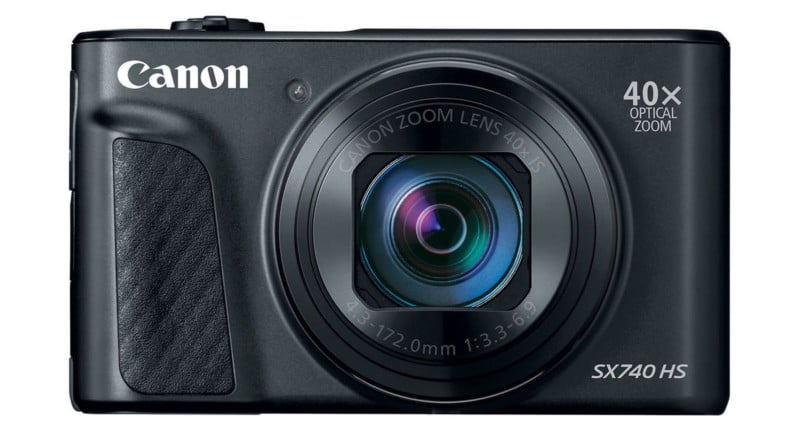Best-Selling Compact Cameras Are an Eclectic Mix of Old and New, Cheap and Premium
![]()
Yodobashi Camera, a Japanese photography retailer, has published a list of the 10 best-selling compact cameras for the first half of September, and the list is a fascinating mix of old and new.
As always, when discussing retailer-specific best-selling camera lists, it is worth noting that this sample is not extremely large and may not be representative of overall consumer behavior in Japan or globally. Nonetheless, Yodobashi has a substantial online retail presence in Japan and 24 retail locations, making its data certainly worth discussing.
From September 1 to September 15, the best-selling compact digital camera at Yodobashi Camera was the Ricoh GR IV, which launched in Japan on September 12. With only a few days of availability, the highly anticipated new premium compact camera made a splash with photographers.
Although the GR IV shares many features with its predecessor, the GR III, which launched over six years ago. However, the GR IV introduces a new 25-megapixel APS-C sensor, a revised 28mm f/2.8 equivalent lens, and numerous enhancements to the user experience. As Yodobashi notes, the camera quickly sold out, so the retailer had to suspend orders temporarily. Like the GR III before it, the GR IV looks poised to be a very popular camera.
While the Ricoh GR IV is brand new, the second best-selling compact camera for the first half of September is very much not. The Canon PowerShot SX740 HS landed in second place, despite launching way back in July 2018. The 20.3-megapixel camera has a small Type 1/2.3 sensor, a 40x optical zoom, and a pop-up flash. Like many “vintage” point-and-shoot cameras, the SX740 HS has experienced a resurgence in popularity, driven largely by young photographers.

In third place is another more recent camera, the Sony ZV-1 II. This vlogging camera, launched in 2023, features a wider 18-50mm equivalent lens than its predecessor. It is a solid camera for photo and video, albeit not without its limitations.
The next camera on the list, the Panasonic ZS99 (also known as the TZ99 in some markets, including Japan), is technically new, having been launched in 2024. However, it is built on the same foundation as a camera from 2019. It features a sensor very similar to the one in the PowerShot SX740HS above, albeit with a shorter 30x zoom lens. Frustratingly, Panasonic removed the ZS80’s EVF for the new ZS99, resulting in a worse overall experience. Although we found it disappointing, consumers seem to feel more positively about the “new” Panasonic point-and-shoot.
Rounding out the top five is the Fujifilm X half, which launched earlier this year to polarized critical reception but significant fanfare. The X half is stylish, small, and fun. However, its photographic specifications, at least on paper, are a mixed bag. It has a very small 18-megapixel sensor, a 32mm equivalent f/2.8 lens, and an analog camera-inspired design and feature set. While the image quality is nothing to write home about, many photographers love the X half’s vibe, and it has been a best-selling camera since its release in June.
Rounding out the top 10 are some interesting cameras. In order, the Sony RX1R III, Ricoh GR IIIx, Kodak PixPro C1, Fujifilm X100VI, and Leica D-Lux8. These really run the gamut in terms of price, ranging from about $100 for the Kodak PixPro C1 to $5,100 for the Sony RX1R III. It’s not often that a list of best-selling camera models offers such a wide range of prices, all the way from dirt-cheap to ultra-premium.
The diversity of the best-selling compact camera list shows the highly varied consumer preferences for all-in-one digital cameras. There are old and new cameras alike, ranging from entry-level to professional, with fixed lenses and those featuring huge zoom ranges. Additionally, there are cameras designed exclusively for photography and others that are primarily built for video work. Although the compact camera market has shrunk dramatically since the advent of smartphones, the emergence of diverse new cameras on the market indicates that compact cameras are far from extinct. Arguably, the segment is thriving compared to where it was just a few years ago.
Image credits: Ricoh, Sony, Fujifilm, and Canon. Header photo created using an asset licensed via Depositphotos.